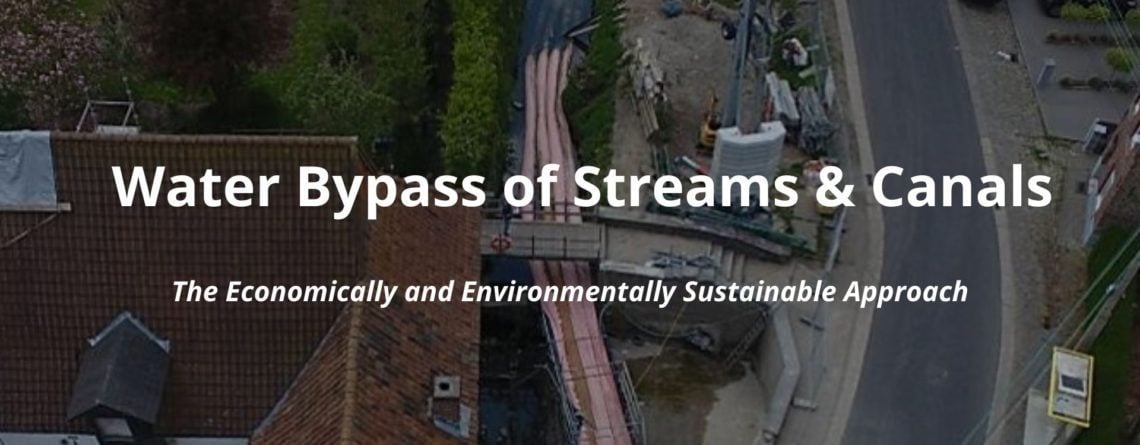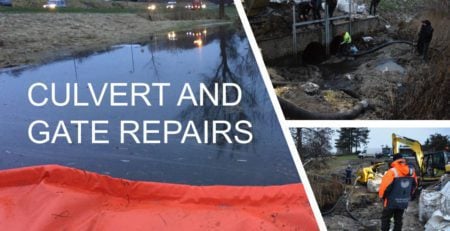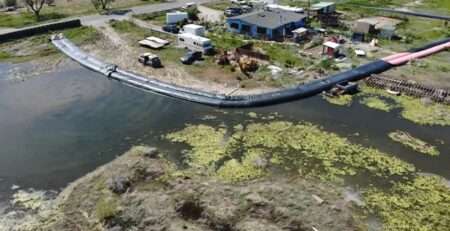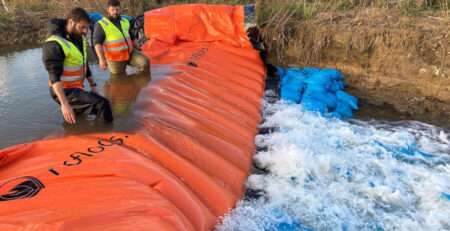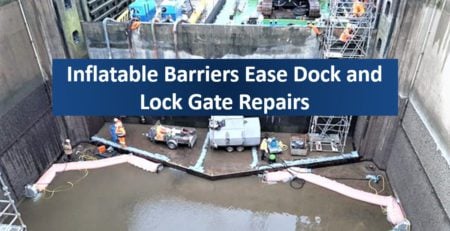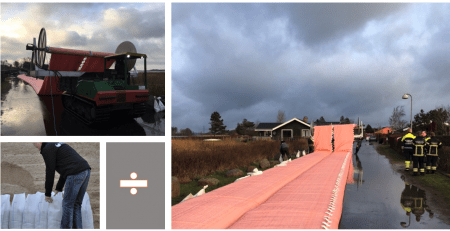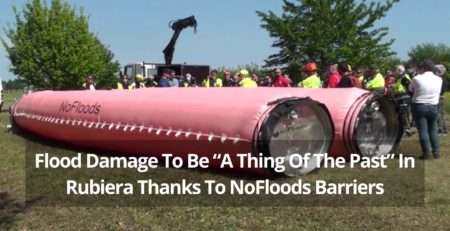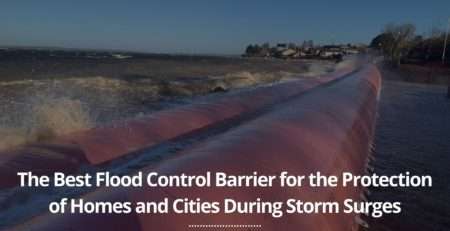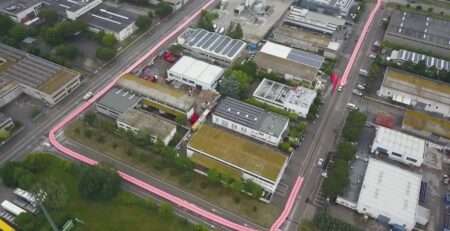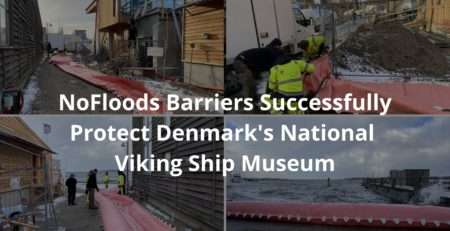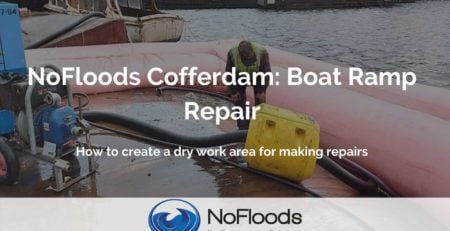Water Bypass of Streams & Canals: The Economically and Environmentally Sustainable Approach
The “MetsterMill” in Sint-Truiden, Belgium, was to undergo a thorough architectural renovation by contractor ABB&Z, on behalf of the owner.
The mill wall on the Melsterbeek had to be rebuilt as the foundations were no longer adequate.
In addition, the state of the mill basin was unknown e.g. was there a concrete floor present? In what condition was it in? Was there leaching underneath?
The Challenge: Bypassing A Stream To Drain A Section of The Waterside
In order to make the renovation possible, a section of the waterside had to be drained completely; first for a thorough inspection and second for the actual renovation.
Now, closing off a natural stream with an earth dam is not complex BUT the Melsterbeek is located between the mill building and a public road, just before a bridge under which the Melsterbeek flows.
There was therefore no possibility of creating a natural stream bypass by excavation.
The Solution: Use of NoFloods Bypass Temporary Barriers
AQwatt, our Belgian partner, was called upon to create a dry work area by the use of NoFloods bypass temporary barriers.
This consisted of using the NoFloods Flexwall to build a “dam” and 2 flexible twin tubes to act as discharge pipes.
A smaller Flexwall was then placed at the end to prevent water from flowing back.
The Result
The water was dammed upstream and transported naturally via the integrated twin tubes downstream.
This was done without pumps, noise, energy use or problematic encroachment on the environment.
Watch the video below to see how our Belgian partner was able to create a dry work area by the use of the NoFloods bypass temporary tubes to bypass the stream.
P.S. Want a downloadable copy of this case study? Click/Tap Here
Benefits of Using The NoFloods Bypass Temporary Barriers To Bypass Waterways, Streams and Canals
1. Financial Sustainability – It requires very little human resources and has zero energy consumption.
2. Sustainable to Nature – It can be laid out and removed manually or with limited environmental impact. Wildlife (fish and microorganisms) can pass indefinitely and gently through tubes during the working period.
3. Easy to use and time saving – It can be rapidly deployed by a few personnel.
4. Flexible and adaptable – The barriers and tubes are self-adjusting according to the water level.
More Applications Of The NoFloods Barriers:
- Flood protection
- Construction work in wetlands
- River diversion
- Culverting
- Cable and Pipeline works
- Boat ramps
- Etc.
The NoFloods barriers have been used for different applications in the USA, France, Germany, Thailand, Australia, Spain, Serbia, Romania Slovenia, Sweden, Denmark, Italy, Hungary, Holland and 10 other countries.

